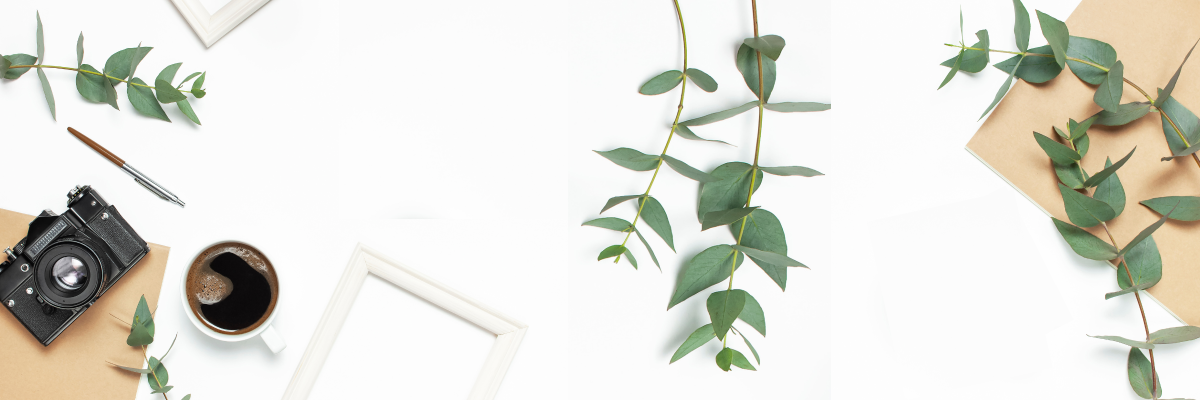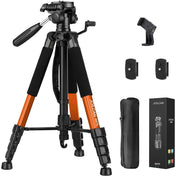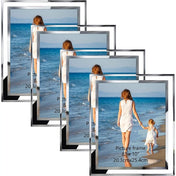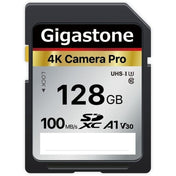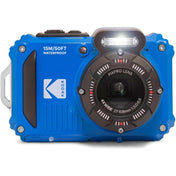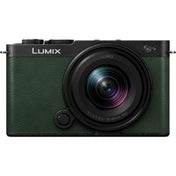When it comes to capturing breathtaking images, choosing the right lens can make all the difference. As a photographer, you want to create stunning visuals that resonate with your audience. In this article, we will guide you through the process of selecting the lens that best fits your shooting style, gear, and photographic vision, specifically discussing how lenses interact with a 45MP full-frame sensor.
Understanding Camera Lenses: The Basics
Before diving into lens selections, it's essential to understand what makes a lens function effectively. A camera lens is essentially a series of glass elements arranged to focus light onto the image sensor. Each lens serves specific purposes, affecting aspects like brightness, depth of field, and色彩。Knowing the basics of lens construction can help you make informed decisions.
Focal Length: What Does It Mean?
The focal length of a lens, measured in millimeters (mm), defines how zoomed in or out a camera can see. Understanding focal length is crucial for photographers, especially when using a camera with a 45MP full-frame sensor, which excels at capturing intricate detail and vibrant colors at various distances.
- Wide-Angle Lenses (< 35mm): Perfect for landscape or group photography, these lenses help capture more of a scene.
- Standard Lenses (35mm - 70mm): Ideal for everyday photography, they create natural-looking images similar to what the human eye perceives.
- Telephoto Lenses (> 70mm): Great for capturing distant subjects, they allow for stunning portraits and wildlife shots.
Types of Lenses to Consider
Now that you understand focal lengths, let's take a look at the different types of lenses available. Choosing the right type of lens will enhance your photography significantly, particularly with the impressive capabilities of a 45MP full-frame sensor.
Prime Lenses
Prime lenses have a fixed focal length, which generally leads to better image quality and faster apertures compared to zoom lenses. They encourage photographers to be more creative in their composition.
- Advantages: Superior image quality, lighter weight, larger apertures for low-light conditions.
- Disadvantages: Limited versatility due to fixed focal lengths, which may require more physical movement to frame a shot.
Zoom Lenses
Zoom lenses include multiple focal lengths, allowing for greater versatility in shooting. They are perfect for capturing a wide range of subjects without changing lenses.
- Advantages: Flexible framing, variety of focal lengths, great for travel photography.
- Disadvantages: Generally bulkier, image quality may not be as sharp as prime lenses.
Aperture Size: The Impact on Your Photos
The aperture of a lens influences the amount of light entering the camera and the depth of field in your images. A wider aperture (lower f-stop number) allows more light to hit the 45MP full-frame sensor, making it suitable for low-light conditions and enabling beautiful background blur, or bokeh.
Choosing the Right Aperture
Different photographic situations call for different apertures. Here’s how you can select the appropriate one:
- Low Light Conditions: Choose a lens with a larger aperture (e.g., f/1.4 or f/2.8) for better light capture.
- Portrait Photography: A wider aperture is excellent for blurring backgrounds, focusing attention on the subject.
- Landscapes: A smaller aperture (e.g., f/8 or f/11) increases the depth of field, bringing the entire scene into focus.
Specialized Lenses for Unique Styles
Different photography styles often require specialized lenses tailored to achieve specific visual effects. Here are a few types to explore:
Macro Lenses
When it comes to extreme close-ups, macro lenses are irreplaceable. These lenses are designed to capture tiny details, making them perfect for photographing flowers, insects, or texture.
Fish-Eye Lenses
Fish-eye lenses offer an incredibly wide angle of view—up to 180 degrees—creating a unique perspective. They are particularly popular for creative and experimental photography, providing playful distortions.
Landscape Lenses
Wide-angle lenses are often ideal for landscape photography as they capture expansive scenes in all their glory, especially suitable for great depth and sharpness when used with a 45MP full-frame sensor.
Matching Lenses and Sensors
Another factor to consider when choosing a lens is the camera sensor size. The 45MP full-frame sensor is designed to maximize the details in your photos, making lens compatibility paramount. Here are key points to remember:
Cropped vs. Full-Frame Sensors
Cropped sensors have a smaller surface area compared to full-frame sensors, which affects the focal length. When using a cropped sensor, remember to multiply the focal length by the crop factor (usually 1.5x or 1.6x).
On the other hand, with a 45MP full-frame sensor, you have more freedom to choose your lens without worrying about the crop factor, thus maintaining the intended composition and depth of field.
Consider Your Shooting Style
Choosing the right lens also involves understanding your personal shooting style. Are you a portrait photographer, landscape enthusiast, or street photographer? Here are a few considerations based on different styles:
Portrait Photography
For portraits, fast prime lenses with wide apertures (like 50mm f/1.8 or 85mm f/1.4) are often preferred. They allow for a pleasing bokeh effect that beautifully isolates your subject against the surroundings.
Landscape Photography
Landscapes typically require wide-angle lenses (such as 16-35mm) that can capture epic vistas while maintaining depth of field. A good quality lens can make all the difference in retaining image sharpness across the frame, especially with a high-resolution 45MP full-frame sensor.
Street Photography
When shooting in urban environments, consider a lightweight zoom lens (like 24-70mm) that can handle a variety of scenes, providing versatility on the go.
Budgeting for Your Lens Selection
Photography can be an expensive hobby, and budgeting for lenses is essential. While it’s tempting to splurge on high-end options, understanding what you really need can lead to smarter purchases. Here are some tips:
- Prioritize Your Needs: Identify the types of photography you engage in most often and choose lenses that meet those needs.
- Consider Third-Party Manufacturers: Many third-party brands produce excellent lenses that are often more affordable than brand-name options.
- Invest in Quality: Good lenses are an investment, often lasting longer and providing better performance than cheaper alternatives.
The Importance of Testing Lenses
Before making a purchase, whenever possible, test out lenses at camera stores or rental services. This hands-on experience allows you to feel the weight, examine the focus mechanism, and see how the lens performs with your specific camera body, particularly one that features a 45MP full-frame sensor.
Evaluate Image Quality
Look out for chromatic aberration, distortion, and sharpness at various apertures. Understanding how the lens interacts with your camera can help you avoid potential disappointments.
Check Autofocus Accuracy
When using autofocus, consider if the lens accurately focuses where you need it to, as this can be crucial for ensuring crisp images, especially when shooting fast-paced subjects.
Finding Your Lens Love
Ultimately, choosing the right lens should be a mindful decision that reflects your photographic vision and style. Each photographer's journey is unique, and the perfect lens for you may not be the same as for someone else. Explore various options, experiment with different types, and most importantly, enjoy the moment behind the lens.
By understanding the significance of focal length and aperture, recognizing the interaction between your lens and the 45MP full-frame sensor, and aligning your choices with your shooting style, you will be well on your way to capturing stunning images that leave a lasting impact.

